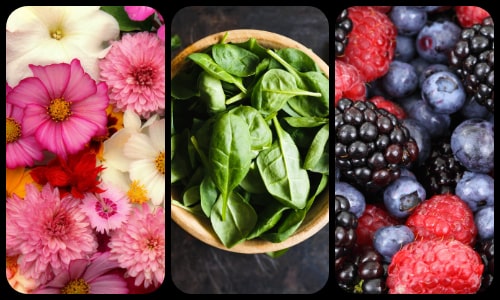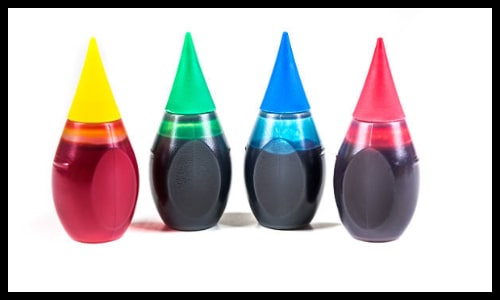Safe and Natural Dyeing Methods
Some rope dyes can be harmful to pets, people, and the environment, but there are two guaranteed ways to color your rope without having to worry about it being toxic. Using natural dyes from plants and fruits (make sure the plant or fruit isn’t hazardous to your pet) and food coloring. If you are unsure that a dye will work, take a small piece and attempt to color part of your rope first before trying to dye the whole thing.
Synthetic ropes don’t take natural dyes easily and they aren’t the safest option for pets, children, and the environment. Natural materials like cotton and sisal however can be dyed easily and won’t cause harm.
Using Natural Dyes:

Items needed – Plants used for the dye, Metal Pot/Container, Rope (preferred size and material), Water, Stove, Salt or Vinegar, and gloves, newspaper, or plastic sheet (preferred but not necessary).
The following are different plants that can be used for natural dyes (you can also find other plants that may work better for you):
- Red: Beet roots, bamboo, chokecherries, and bed straw root
- Orange: Onion skins, gold lichen, paprika, and carrots
- Yellow: Marigolds, sunflower petals, dandelion flowers, and turmeric
- Green: Artichokes, peppermint leaves, spinach, and grass
- Blue: Saffron, blue iris, dogwood bark, and indigo
- Purple: Red cabbages, purple grapes, blueberries, and blackberries
- Pink: Cherries, red/pink roses, berries, and pink camellia
- Black: Carob pods, iris roots, walnut hulls, and oak galls
- Brown: Walnut hulls, coffee, oak bark, and acorns
Make sure the plants are fresh and ripe. Dried plants won’t give the rope a bright/full color. Instead, it will be muted or have no color at all. The plants should be chopped up into small pieces, so that more area can be covered.
1. Prepare your rope by washing it but don’t dry it because the rope needs to be wet.
2. Make a fixative to help the dye stay on. When berries are being used for the dye, have 1/2 cup of salt dissolved in 8 cups of cold water, and for any other plant material, there will need to be one-part white vinegar with four parts cold water.
3. The wet/damp rope should then be placed into the solution for at least an hour.
4. After the hour is up, rinse with cold water, and now it’s ready to dye. (Note: Depending on the surface you are using, you may want to lay down newspaper or plastic, and wearing gloves is recommended, so you don’t stain your hands.)
5. Grab a pot or container that can be used on the stove that you don’t mind possibly getting stained from the dye and place the plant material inside.
6. Fill the container with water. (Note: You will need twice as much water as plant material.)
7. You can then put the container on the stove on low heat and let it simmer for about an hour.
8. Next, you will need to strain out the plant material and move the liquid to another pot.
9. Place the rope into the liquid and put it back on the stove until it comes to a slow boil, then let it simmer for another hour and stir every once in a while.
10. Once the color is where you want it, you can take the pot off of the stove and let the rope sit for an hour in the warm liquid.
11. Take the rope out of the pot and rinse it with cold water. (Warning: The dye may run or become lighter once it is rinsed off.)
12. Finally, let it dry. You can do this by laying it on a towel or hanging it up.
Using Food Coloring:

Items needed – Food coloring, Rope (preferred size and material), Vinegar, Water, and a Container
1. Combine 2 tablespoons of distilled white vinegar with 2/3 cup of hot water.
2. Add about 20 drops of food coloring, you may need more drops if you are using a lighter color such as yellow.
3. Run your rope under hot water until it's completely soaked.
4. After the rope is wet, place it into the food colored solution and let it sit for 10 minutes.
5. Stir every once in a while, and if the color isn’t strong enough after 10 minutes, leave it in for longer.
6. When the color is where you want it to be, take out the rope and run it under hot water.
7. Right after the excess color is rinsed off with the hot water, run it under cold water. More color may run off during this step, but that’s not a problem.
8. Let it dry overnight on towels or somewhere you can lay it flat.
These are just a couple ways to color your rope and rope that are guaranteed to not harm your pets. Now you can create colorful and easy pet toys, decor, and DIY projects.

